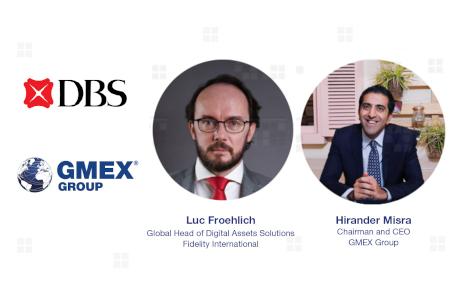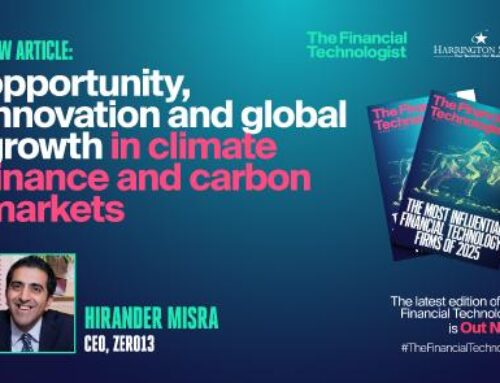By GMEX Group
On 21st July 2022, DBS hosted a great webinar discussing an Institutional approach to Digital Assets, moderated by Bulbul Barrett, CEO of DBS Vickers UK with the participation of Luc Froelich, Global Head of Digital Assets Solutions from Fidelity International and our CEO, Hirander Misra. The key areas of focus which emerged from the discussion were tokenization and a ‘Selectively Open’ ecosystem for digital assets, summarised below.
Tokenization is the main area that Fidelity International are working on, having already tokenized one share class in 2021, which they believe should improve efficiencies. Asset tokenization enables you to build new portfolios using overlooked and intangible assets which may be too illiquid for traditional portfolios, such as intellectual property rights. Institutions should take into account the fact that just because something can be tokenized does not necessarily mean that there will be a market for it, nor that it will be driven by investors. Difficulties surrounding how these products will be priced should also be a key consideration. Tokenization is not a magic wand – an illiquid bond will remain an illiquid bond token if not done correctly.
Asset safety is also a key factor, with both speakers agreeing that clients will gravitate towards institutions with whom they have a long-standing and trusting relationship. Technology is important, but the institution behind the technology is even more so because it needs to be resilient enough to survive a downturn like the one we are experiencing right now.
The concept of an open ecosystem within digital assets was also explored, where several regulated institutions work together in a secure environment. It was pointed out that this is already happening in traditional markets and could be replicated in the crypto world. It will likely be “Selectively Open” to ensure that institutions are collaborating in a trusted environment using public and private ledgers. Both speakers agreed this was likely the only way to generate sufficient liquidity and market efficiencies for these products.
Luc and Hirander both expect to see growing institutional participation in the coming 12-24 months, and they foresee large players making acquisitions in order to catch up. This should, in turn, stabilise the market. However, for this to happen, regulation will be of the upmost importance due to the recent collapse of many crypto firms, highlighting the need for more regulation. Regulation is a top priority for more institutions but one key issue is the lack of talent and expertise that the regulators are able to hire and retain. Collaboration with regulators will be necessary, because it may stifle innovation if not done properly.




